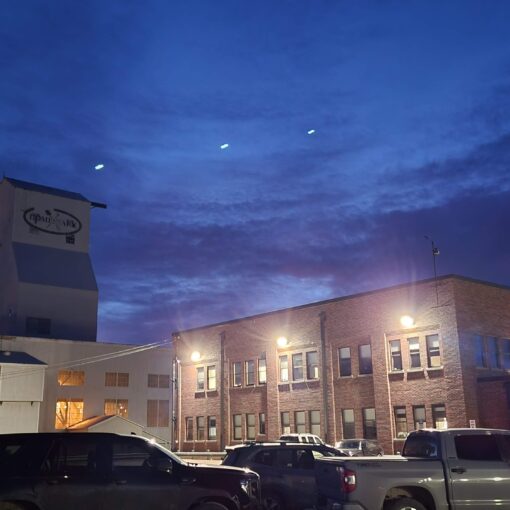It’s Nobel Prize season! I’m not a big fan of doing science for a prize, but I value the public impact that the prize has. For instance, today two American scientists, John C. Mather and George F. Smoot, were recognized with the prize for their tireless effort to realize the COBE satellite. COBE was the biggest landmark on the road to precision cosmology, imaging the cosmic microwave background radiation. This prizeis interesting for several reasons, which I’ll here elaborate.
First, the prize is interesting because it brings to the public awareness the understanding that the Big Bang is not just a crazy idea that cannot be tested. Some who don’t understand the process of science criticize it by saying, “How can anyone claim the universe started in a so-called *big bang* when no one was there to see it?” This is a very good question, and shouldn’t offend any listening scientists. This presents a great opportunity to explain the process of science, and this Nobel prize is jsut such an opportunity.
No, there were no witnesses of the big bang who are still on Earth today. However, the looking for evidence of the big bang is a lot like standing on the edge of a pond and watching the water for evidence that someone dropped a stone into it. Let’s say you’re doing this – your’e standing on one side of a pond, fed by a slow-moving stream that bends away out of sight. You suddenly see regular ripples – waves – spreading out from the stream’s mouth and out across the pond. What caused these waves? They are regular, and slowly die away after a short time. One hypothesis is that somebody dropped a rock into the stream, causing water waves to propagate into the pond, where you saw them. The big bang is a lot like this: nobody can see the bang itself, but its evidence is there, if you know what you’re looking at.
COBE was the first precise map of these ripples in our cosmic pond. A universe that was once small and dense would have, at a very early moment, been filled with a hot soup of matter in which radiation was trapped, prevnted from streaming vast distances. At some point, as the universe expanded and cooled, matter would have neutralized – forming, for instance, hydrogen or helium – leaving energy able to travel freely through the electrically neutral matter. On the other hand, a universe that was “always there”, or “static”, would never have been hot and would never have had a moment when radiation was suddenly freed to stream across the cosmos. It’s this critical difference, between a “big bang” universe and a static universe, which COBE definitively revealed.
This prize is also interesting for another reason: I believe it marks the first time that a prize is awarded to a relatively few people who represent the effort of hundreds of physicists. The COBE experiment wasn’t just Smoot and Mather and a few students. The science team on the experiment, just one of several teams within the collaboration, jointly published the first COBE science results. This team typically had about about two dozen members. Therefore, this prize represents the first in what will be a growing problem in recognizing physics with the Nobel prize: many current and future experiments, all which stand on a road to discovery, have hundreds – THOUSANDS – of members. What do you do then? Do the founders get the prize? Do the spokespersons get the prize? Do the leaders of physics working groups get the prize?
A symbol like the Nobel seem like it needs to be poised to adapt the changing face of science. As science grows and adapts, it would seem wise that prizes that temporarily highlight that science needs to adapt as well.
“http://lambda.gsfc.nasa.gov/product/cobe/”:http://lambda.gsfc.nasa.gov/product/cobe/


